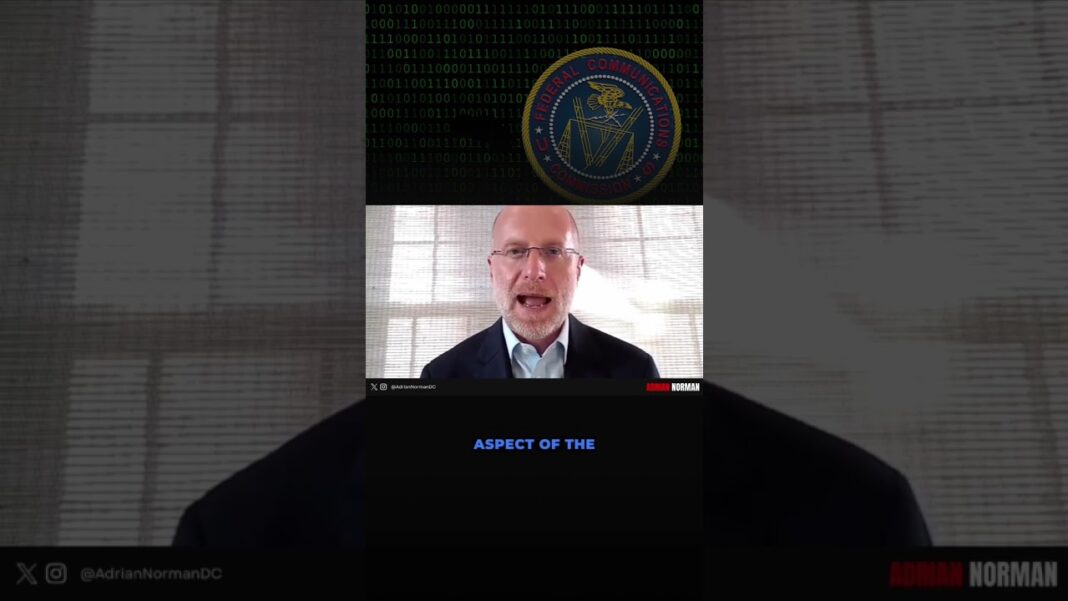Teens with mental health conditions are more vulnerable to the negative effects of social media, a new study finds.
Adolescents diagnosed with mental health conditions spend nearly an hour more on social media daily than their peers and are twice as likely to compare themselves negatively to others online, according to new research.
The study, involving 3,340 adolescents in the UK, suggests troubling patterns for teens with anxiety and depression, who report having less control over their social media use and greater mood fluctuations depending on the comments and likes they receive on social media.
“Our study doesn’t establish a causal link, but it does show that young people with mental health conditions use social media differently than young people without a condition,” said lead author Luisa Fassi, a researcher at the University of Cambridge’s Medical Research Council Cognition and Brain Sciences Unit, in a press statement.
She said the differences between children with and without mental health conditions may stem from the way these conditions influence how adolescents interact with online platforms—or possibly from social media use contributing to their symptoms. “At this stage, we can’t say which comes first—only that these differences exist,” Fassi added.
Differences by Condition Type
The study, recently published in Nature Human Behavior, analyzed data from a 2017 survey of 3,340 UK adolescents between the ages of 11 and 19. Professional clinicians interviewed the teenagers and, in some cases, their parents and teachers.
Researchers distinguished between conditions affecting internal feelings—such as anxiety, depression, and post-traumatic stress disorder—and those involving outward behaviors like attention-deficit/hyperactivity disorder (ADHD), oppositional defiant disorder (ODD), and conduct disorder.
Teens with conditions affecting internal feelings, like depression and anxiety, showed the most significant differences in social media behavior.
Social comparison—meaning comparing themselves to others online—was twice as prevalent among adolescents with anxiety and depression compared to those without mental health conditions: 48 percent and 24 percent, respectively.
These teens were also significantly more likely to report mood changes in response to social media feedback—28 percent versus 13 percent—and felt less in control of their time spent on these platforms.
This pattern was not seen in children with ADHD, ODD, and conduct disorders.








